Photos by Nancy Bloom
TRURO — As Hurricane Lee grazed Cape Cod, Kenny Dutra watched high winds whip at branches in the woods outside his Truro home. It sent his many birdfeeders spinning, making them impossible targets for their avian patrons. Those birds’ usual flight patterns were not the only ones interrupted by the storm.
Dutra’s own 46-flyer collection of radio-controlled aircraft were grounded that day until daybreak of the next.
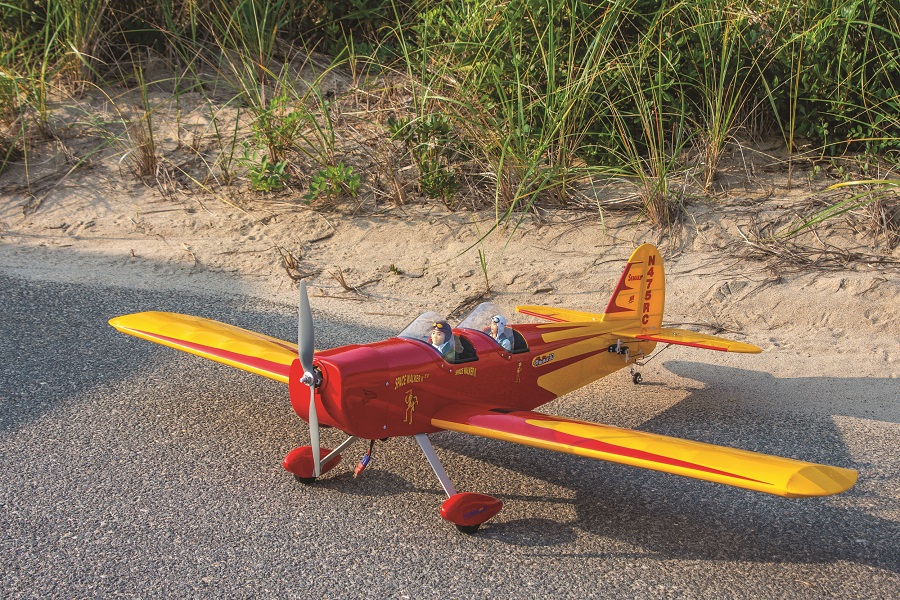
“If there’s no wind, I’m flying,” says Dutra, 79, whose “full-time hobby” — besides walking his dog — of flying radio-controlled planes and helicopters takes him to Head of the Meadow most mornings around 6 a.m. On some days he goes at dusk as well, always steering clear of the federally protected piping plovers.
Dawn and dusk are solo flying times for Dutra, though he’s known to rangers and police, who receive sporadic calls in the summer from concerned residents mistaking his sturdy, polished, unmanned aircraft, vibrant in the distance, for low-flying planes. Those reports happen often enough, Dutra says, that he gets a friendly wave from responding officers, who sometimes stay a bit to watch him fly.
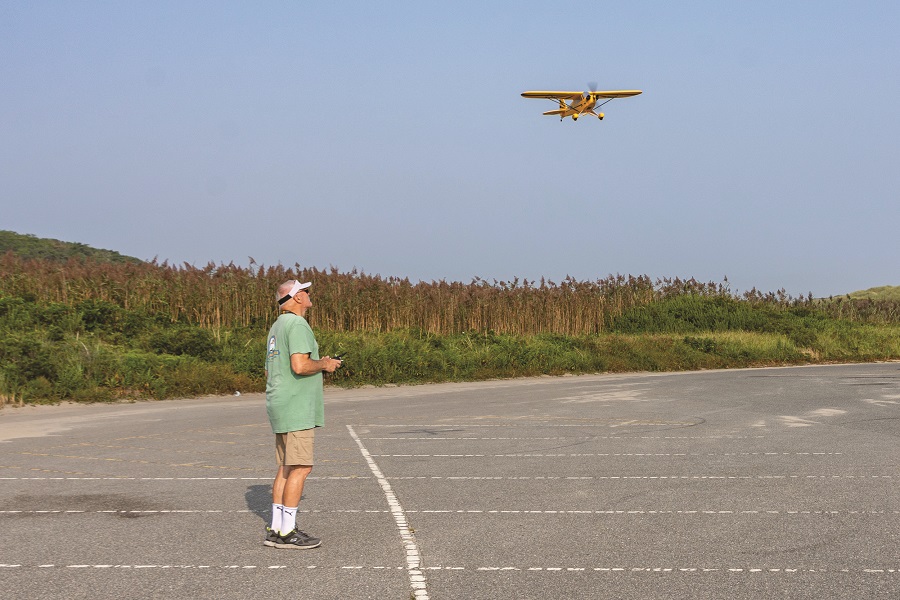
On weekends, Dutra makes his way west to Discover Flying RC in Marstons Mills, a club for people who fly radio-controlled planes. There, he takes to the skies with other aficionados who are “mostly on the senior side,” he says. The fields there can accommodate two or three aircraft at a time. Hanging out there is about more than just controlling your own flying machine. He goes because there “you can have a cup of coffee and watch other people fly,” says Dutra.
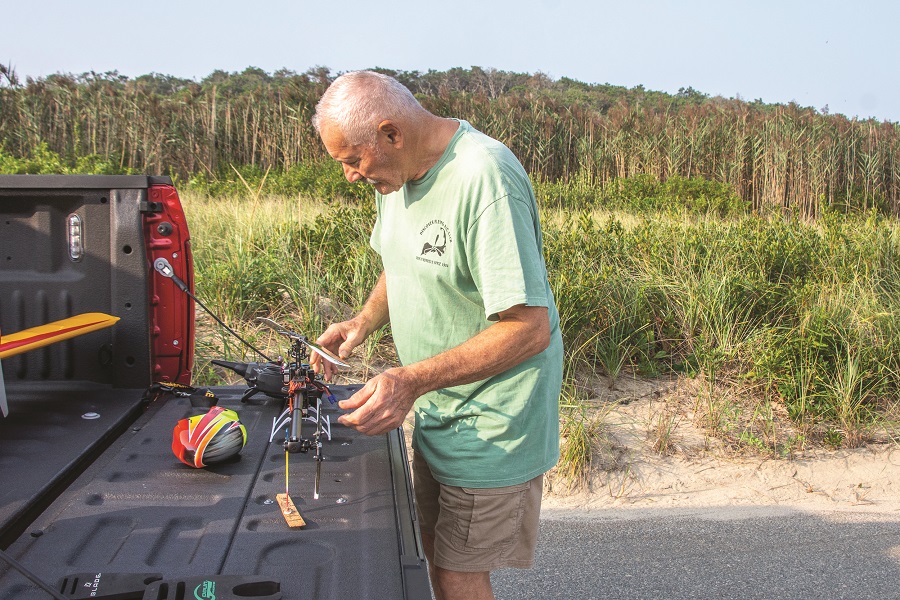
It’s lucky that Marstons Mills is on this side of the bridge. Dutra, who discovered radio-controlled flying during his junior year at Provincetown High School, wouldn’t like to chase his hobby farther. “I have panic attacks if I go past the Sagamore Bridge,” says the flyer, a Cape Codder to the core.
In the basement of his Truro home, which he and his wife, Virginia, built 39 years ago, Dutra has a workshop dedicated to maintenance of his craft. There, he assembles new planes from kits and tinkers with those already in his collection. Kits can come in all states of readiness, says Dutra; some flyers put in their own motors, but usually electronics are included. Back in the day, he says, parts were glued together; more recent models are held together by nuts and bolts.
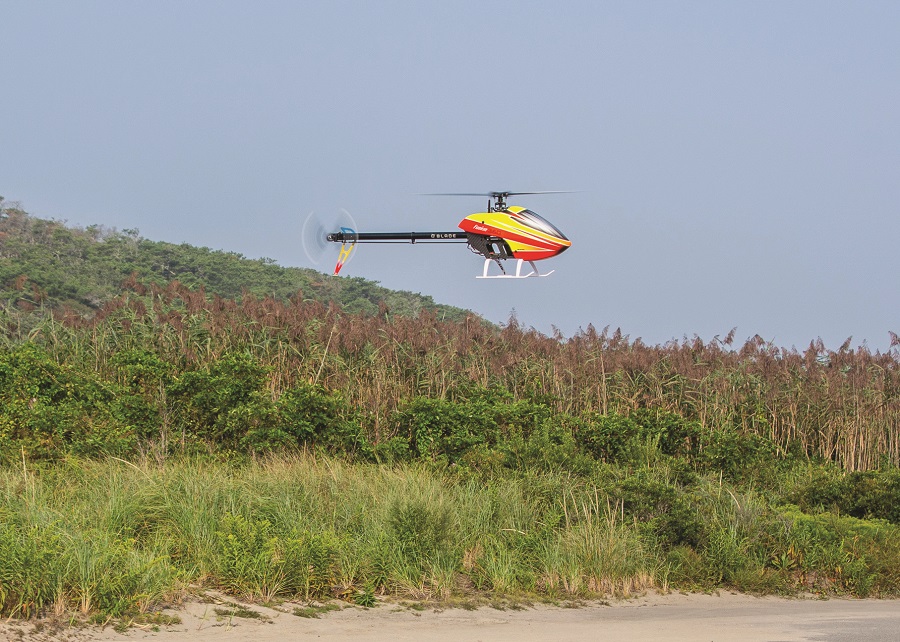
As a hobbyist, Dutra is exempt from the Cape Cod National Seashore’s prohibition of unmanned aircraft. But several of his planes have helmeted, aviator-goggled figurines inside. In what is perhaps a testament to his J3 Piper Cub days, Dutra insists that those figures are not passengers.
“You’ve got to have pilots in a plane,” he says.
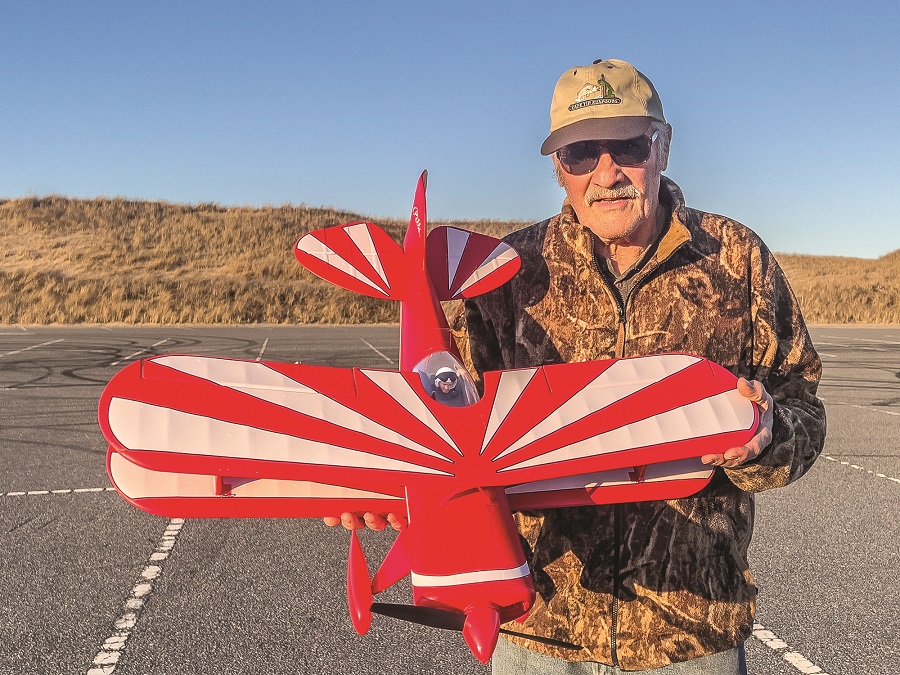
As a young man, Dutra did spend eight years in Connecticut, testing jet engines at the Pratt & Whitney aerospace factory there. For two summers, Dutra also worked at the Provincetown Municipal Airport, where he tried his hand at piloting a J3 Piper Cub — a lightweight, versatile monoplane he describes as “basic, easy-to-fly” — though flying caused him nothing but anxiety.
“I don’t think I was ever relaxed,” says Dutra, who will take a radio-controlled craft over a real plane any day. “It’s a lot safer and cheaper,” he says.



